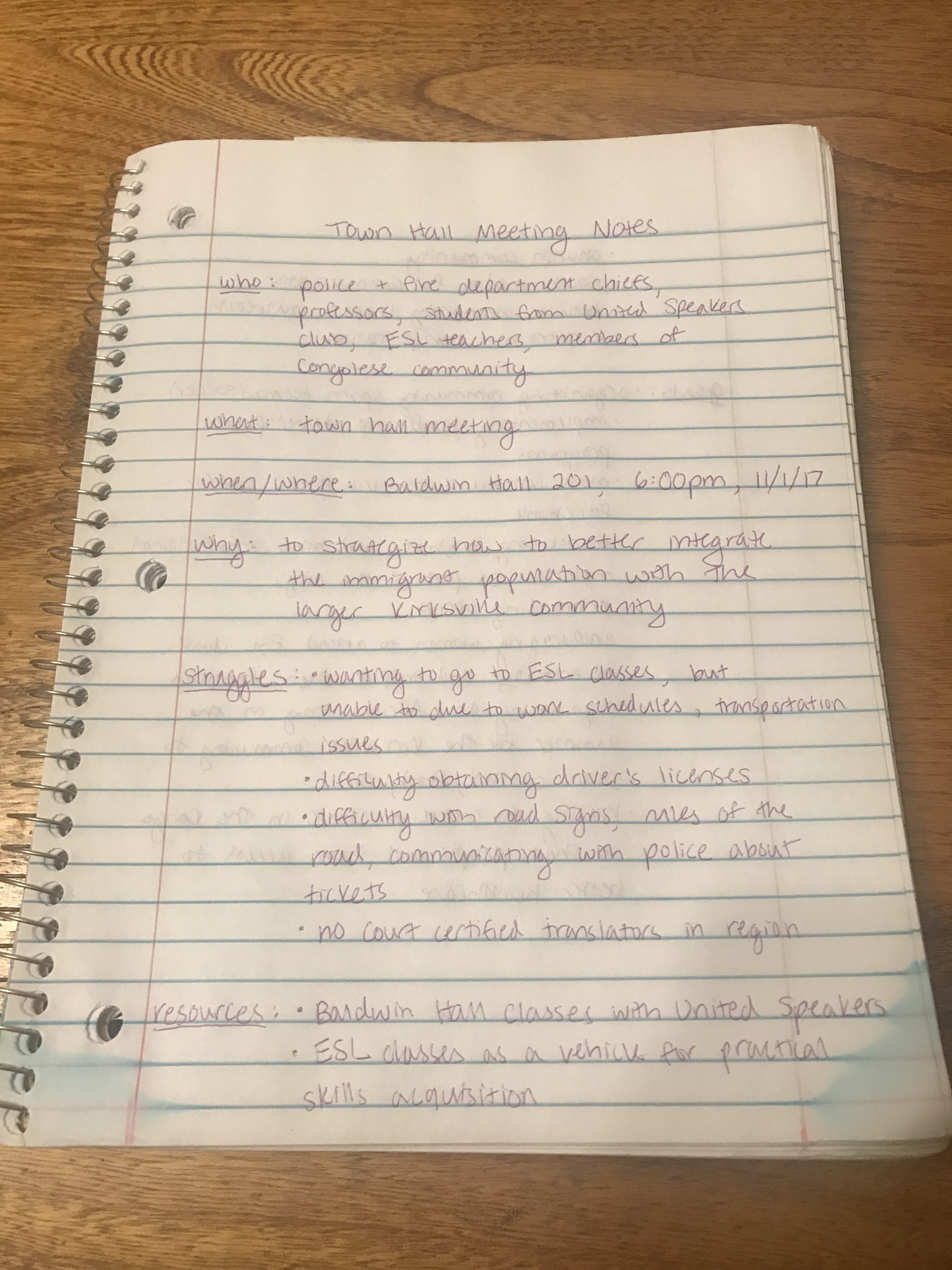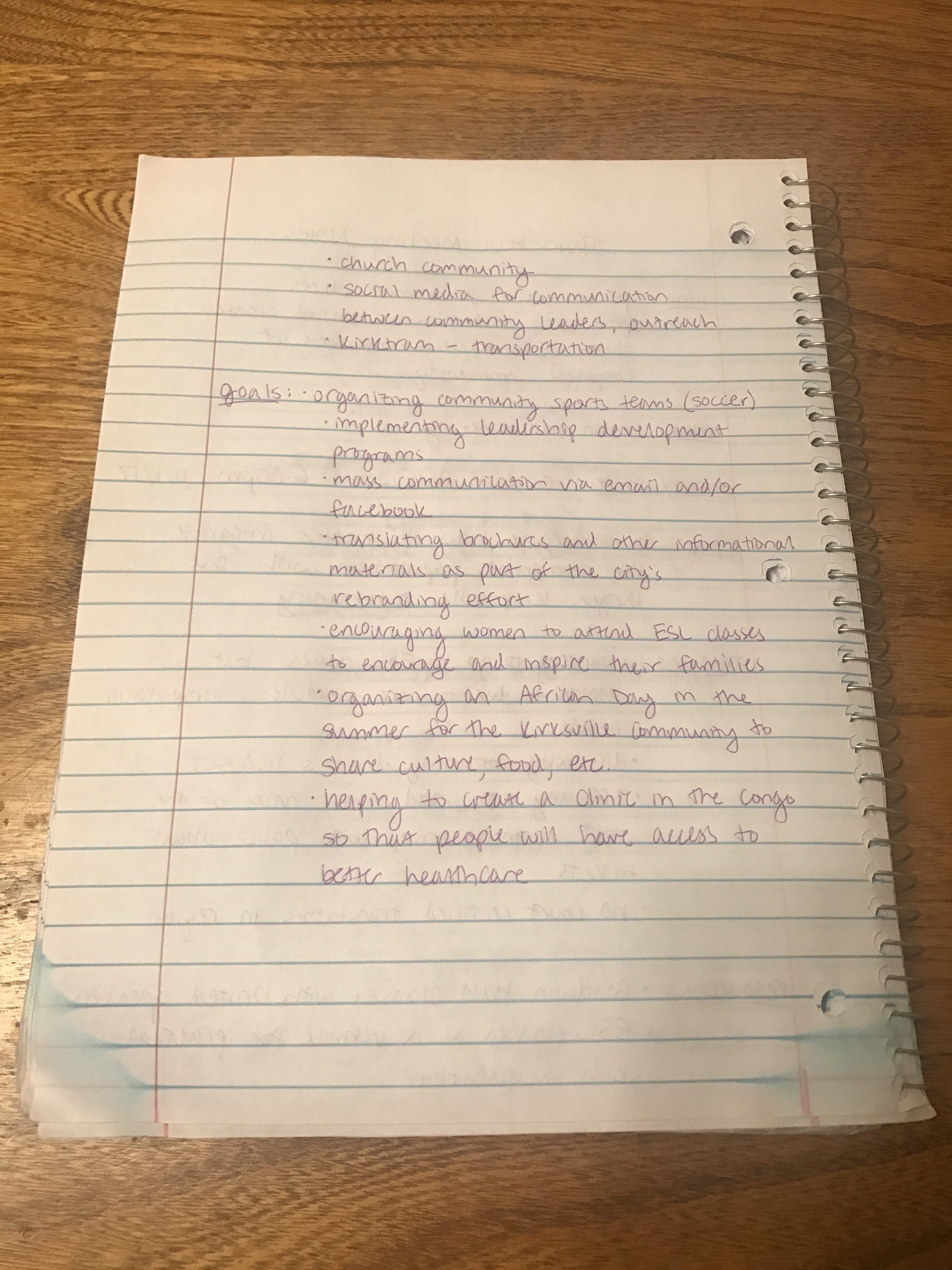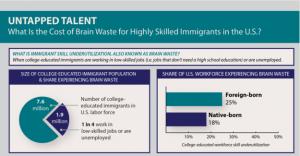When my academic advisor, Dr. Amber Johnson, first informed me of the opportunity to take this class, I honestly had no clue what I was getting myself into (of course I filled out the application anyway). In a similar fashion, when I found out that Maggie and I were accepted to partake in the course, I was excited yet still rather clueless. However, Maggie and I had been in classes before (being in different tracks within the same overarching major), and the topic seemed very interesting to me, so I went into it with high hopes. I certainly wasn’t disappointed. While this was, in some ways, one of the most difficult classes I have taken during my undergraduate years, it was perhaps one of the most rewarding as well. I was no stranger to research upon beginning the Cultural Crossroads Journey with my classmates – having completed research papers as well as an in-depth content analysis project for my Research Design and Data Analysis classes – but the emphasis on outward facing research allowed me not only to stretch outside of my comfort zone, but to think about why I was doing this research and for what purpose.
When I first began the course, I was slightly overwhelmed with all of the components to it – the tweeting, the blogging, the research, the Zoom meetings – but I was also intrigued by the Digital Learning aspect of it. Zoom itself was a frightening prospect at first, since I had never used it before, but I found I quickly got the hang of it and even enjoyed using it (audio lags and strange noises and all). Putting faces to names was fantastic, and I loved getting to know people from all across the country (as well as hearing the stories of their communities as the semester progressed). The small class size allowed for ample interaction between all of us, which I appreciated. Overall, the beginnings of the class reassured me that I could indeed navigate technology (to an extent) and sparked an interest in looking in-depth at Kirksville, which I’m sure was the goal.
The research project itself was, as always, easier said than done though (or perhaps easier conceptualized than carried out is a more apt phrase). Surprisingly, Maggie and I immediately knew the topic we wanted to explore. This part is usually the most time consuming for me when completing a research project. Upon thinking about the migratory movements in Kirksville, however, I thought it would be very informative to look at Congolese migration (and since Maggie was in my Research Design and Data Analysis classes, I knew this was a topic she had previously studied). We both agreed on this research topic, then set out to gather some interviews from people in the Kirksville community. This, as I’m sure you know, was where the problems began. The infuriating institutional red tape – ahem, I mean the lovely IRB approval process – held us up in our research endeavors for most of the semester, but we finally gained approval to conduct audiovisual interviews in November, the month we would be presenting our website. After four rounds of approval-seeking, we were only able to complete a fraction of the interviews we wanted to, but we are certainly considering the possibility of extending this research into our final semester at Truman. While The Great IRB Wait of 2017 was probably our biggest obstacle, we also spent a significant amount of time trying to format our website, which caused us some grief at times. In spite of my complaining, the research process wasn’t all bad by any means. After all, we were able to get funding for our project through Truman. We also were able to learn so much from other students in our class, and I really enjoyed facilitating the interviews once we could actually conduct them. It was a long, hard, often stressful process, but definitely worth it in the end.
Something unique to this course that I appreciated was the digital/technical aspects included throughout. Whether it be Zoom, WordPress, TimelineJS, StoryMap, Twitter, Slack, etc., I felt like my overall use and understanding of technology improved (which was nice, considering I am usually woefully inept at all things technology outside of the realm of social media). Working with all of these tools inside and outside of class was a great experience and certainly one I will take with me throughout my career and life.
I think my favorite part about the whole course was to see everyone’s final product (not that I didn’t enjoy the steps along the way). I just loved seeing how everything came together and how everyone made sense of their copious amounts of information they no doubt collected on their given subject. Again, in the spirit of outward facing research, I am eager to see how these projects will make an impact on their given community. I think there is tremendous potential for each project to shed some light on the history of a place and its people, which can only be beneficial for the community in the long run. This digital archival work is something that will become increasingly important in the future, not only in the discipline of history, but other social sciences as well I’m sure. When I think about our project, I am eager to see how it is used as a community education tool as well as a resource to find community notes, ESL class schedules, etc. We have already garnered some interest in our project by presenting our website at the most recent Community Meeting, and we have people who have contacted us with an eagerness to participate and contribute to our project.
Overall, this course (while at times stressful) was wonderful. The deep commitment to research combined with its exploration of digital tools and resources made it stand out among the classes I have taken previously. I cannot think of anything I would really change about it, because I thought each piece of the puzzle was fairly helpful and vital in some way. I’ll be forever grateful to everyone involved with this course – Dr. Dunn and Dr. Turner, Leah, Dr. Johnson, Maggie and my other classmates, as well as the technical experts who were behind the scenes – because it was definitely one of my favorites and allowed me to get involved in my community in a meaningful way.


